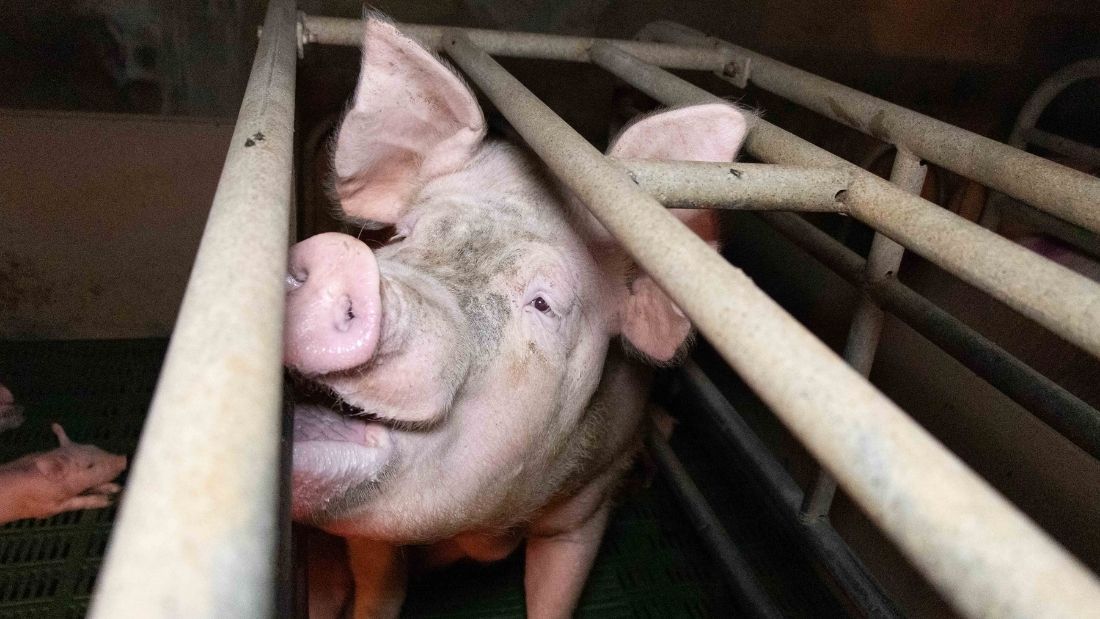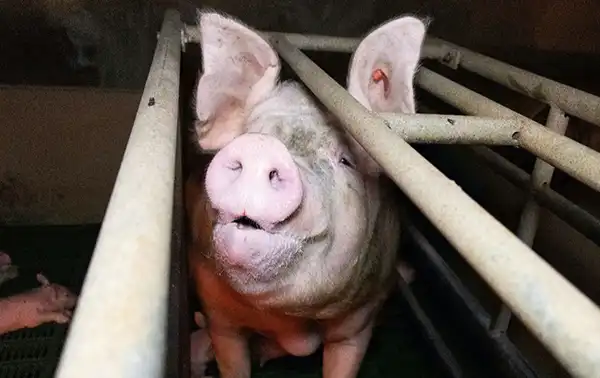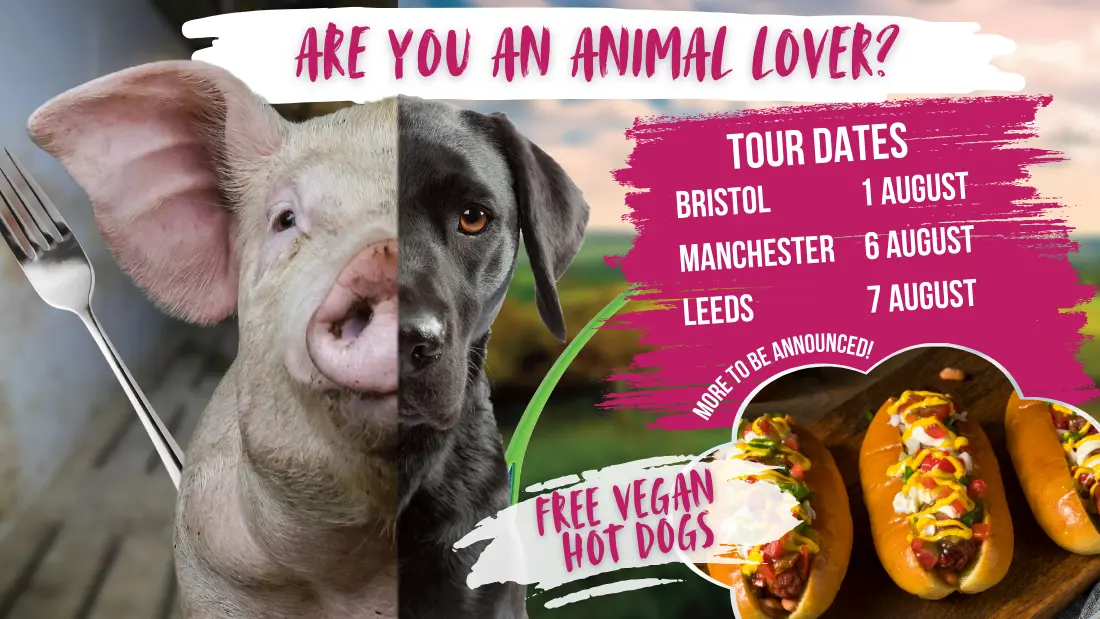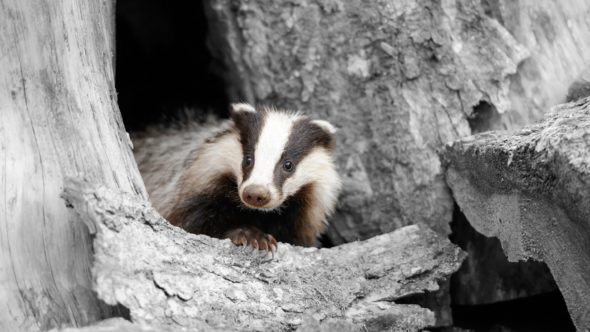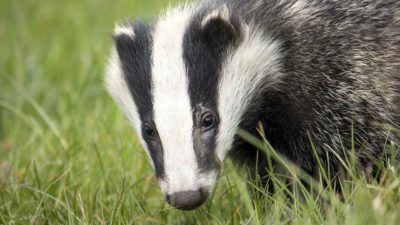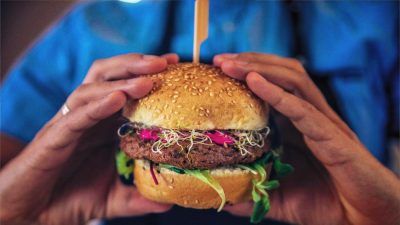The Badger Cull and Bovine TB
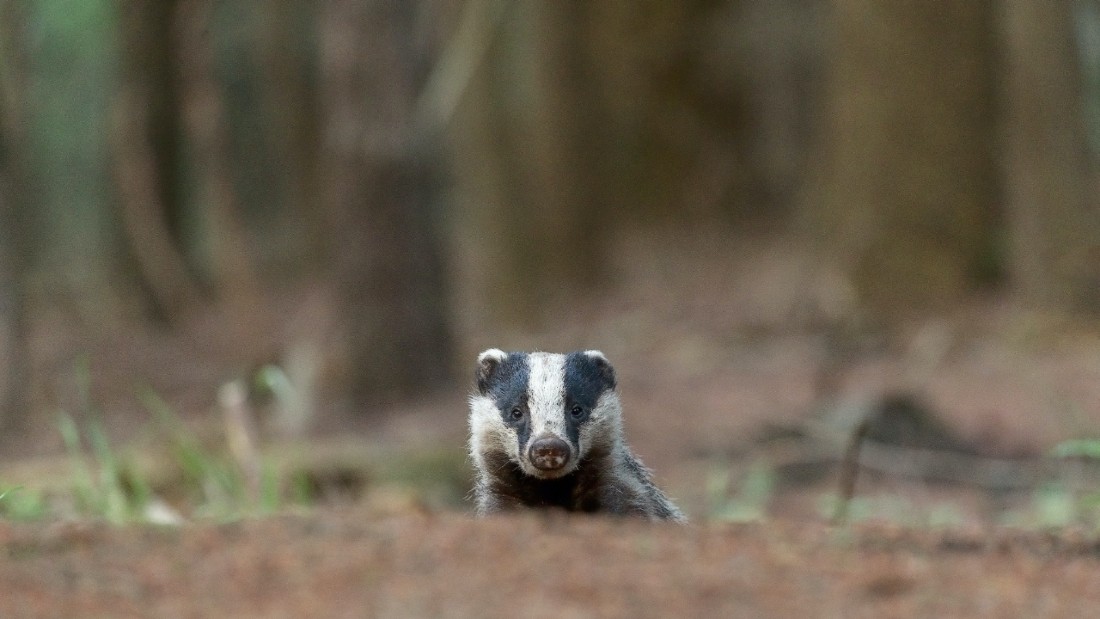
Bovine Tuberculosis (bTB) is a zoonotic disease which develops in cattle and can be spread to multiple different species. It is closely related to the bacteria which causes TB in humans. In humans, bTB can cause tuberculosis-like symptoms such as fevers, persistent cough and night sweats.1Centers for Disease Control and Prevention, 2011. ‘Mycobacterium bovis (Bovine Tuberculosis) in Humans.’ CDC. August. Available at https://www.cdc.gov/tb/publications/factsheets/general/mbovis.pdf [Accessed 9 April 2020]. The risk of infection is very low for the vast majority of the population – those at risk are usually in contact with live infected cattle or their dead bodies in a slaughterhouse; or they drink infected unpasteurised milk.2Gov.UK, 2018. ‘Bovine TB: how to spot and report the disease.’ Available at https://www.gov.uk/guidance/bovine-tb#risk-to-humans [Accessed 17 July 2020]. It can jump species quickly, infecting farmed animals such as pigs or domesticated animals such as cats or dogs, who can go on to infect humans.3Cousins, S., 2018. ‘The Challenges Of Preventing Bovine Tuberculosis.’ World Health Organization. 2 February. Available at https://www.who.int/bulletin/volumes/96/2/18-020218/en/ [Accessed 6 April 2020].
It’s a widespread disease among cattle; in 2018, 44,656 cows were slaughtered in Britain the highest ever number and an increase of 50% on 2005, when just under 30,000 cows were killed. Farmers are compensated for each cow who is tested positive and slaughtered.4Barkham, P., 2019. ‘TB infection from cow to cow more likely than transmission by badgers.’ The Guardian. 17 December. Available at https://www.theguardian.com/uk-news/2019/dec/17/tb-infection-from-cow-to-cow-more-likely-than-transmission-by-badger [Accessed 20 July 2020]. The amount of compensation fluctuates in alignment with the market value of cattle, and also depends on the age, gender and whether the cattle is a pedigree breed. In July 2020, farmers could get up to a whopping £4,979 of taxpayers’ money for a pedigree bull as compensation for the loss of an animal.5Gov.UK, 2020. ‘Bovine TB: compensation value tables.’ Available at https://www.gov.uk/government/publications/bovine-tb-historical-compensation-value-tables [Accessed 20 July 2020]. For non-pedigree animals, it reached £1,678.5Gov.UK, 2020. ‘Bovine TB: compensation value tables.’ Available at https://www.gov.uk/government/publications/bovine-tb-historical-compensation-value-tables [Accessed 20 July 2020]. In 2018, £100 million of taxpayers’ money was given to cattle farmers.4Barkham, P., 2019. ‘TB infection from cow to cow more likely than transmission by badgers.’ The Guardian. 17 December. Available at https://www.theguardian.com/uk-news/2019/dec/17/tb-infection-from-cow-to-cow-more-likely-than-transmission-by-badger [Accessed 20 July 2020].
Cattle infected with bTB can be identified by weight loss, repeated fevers, reduced appetites, swollen lymph nodes, a moist cough and chronic mastitis (where the udder is infected and is not cured by typical antibiotic therapy2Gov.UK, 2018. ‘Bovine TB: how to spot and report the disease.’ Available at https://www.gov.uk/guidance/bovine-tb#risk-to-humans [Accessed 17 July 2020].). If an animal has bTB, they are killed immediately.
Only one in 20 incidents of bTB infections come from badgers.6Donnelly, C.A., Nouvellet, P., 2013. ‘The Contribution of Badgers to Confirmed Tuberculosis in Cattle in High-Incidence Areas in England’. PLOS: Current Outbreaks. 10 October. Available at http://currents.plos.org/outbreaks/article/the-contribution-of-badger-to-cattle-tb-incidence-in-high-cattle-incidence-areas/ [Accessed 23 June 2020]. Farmers have vilified badgers despite the evidence that the majority of bTB incidents are the result of the disease spreading from cattle to cattle, not from badgers to cattle.4Barkham, P., 2019. ‘TB infection from cow to cow more likely than transmission by badgers.’ The Guardian. 17 December. Available at https://www.theguardian.com/uk-news/2019/dec/17/tb-infection-from-cow-to-cow-more-likely-than-transmission-by-badger [Accessed 20 July 2020].7McCarter, P, 2019. ‘Bovine TB.’ NADIS. September. Available at https://www.nadis.org.uk/disease-a-z/cattle/bovine-tb/ [Accessed 14 April 2020]. The government must look at how the 19 out of 20 incidents of the infection spread through cattle. Farmers mix and trade infected cattle at markets and during transportation, which goes on to spread the disease to new herds in our incredibly intensive network of cattle movement and trading.8Skuce, R.A., Allen, A.R., McDowell, S.W.J., 2011. ‘Bovine tuberculosis (TB): a review of cattle-to-cattle transmission, risk factors and susceptibility.’ Available at http://www.dardni.gov.uk [Accessed 20 July 2020].
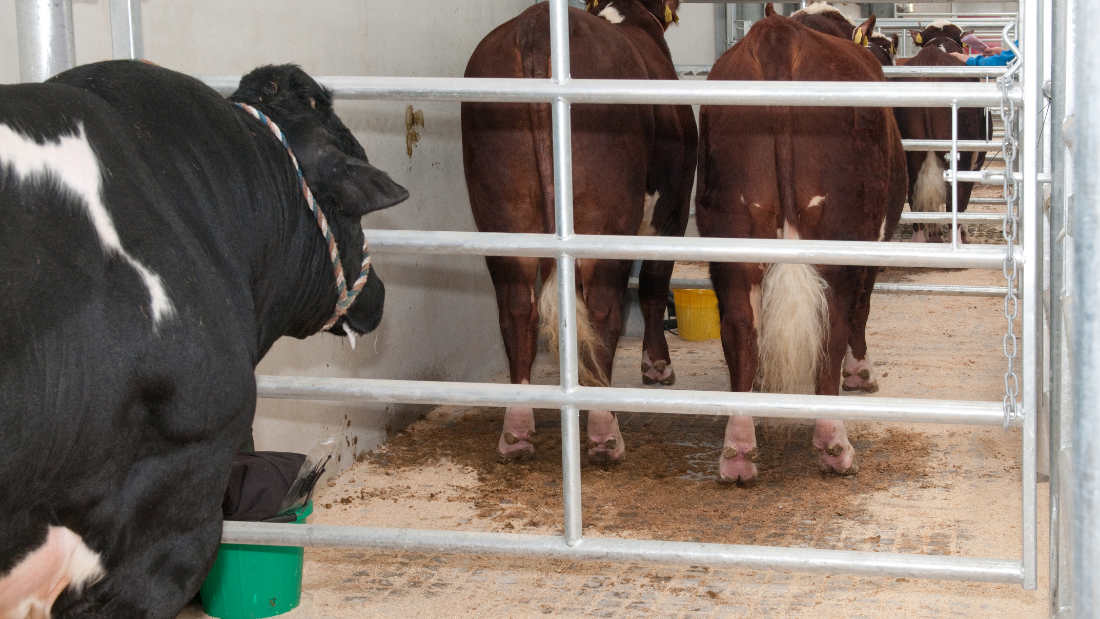
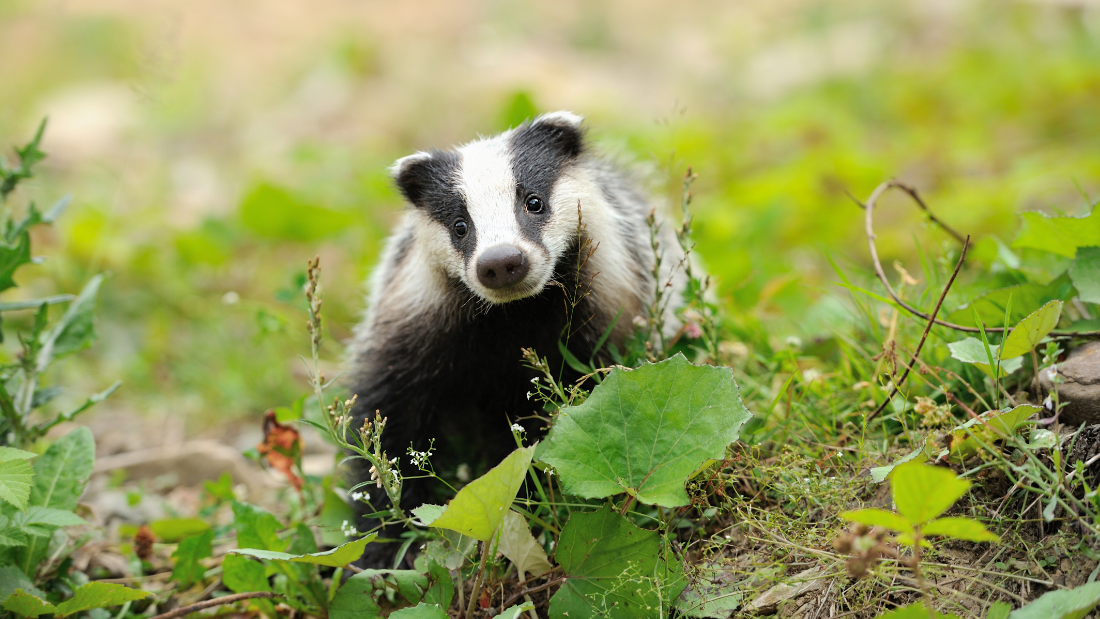
Badgers have been blamed as the primary reason for bTB spreading in bovine animals, with the idea being that infected badgers spread the disease into herds as they move about. Under pressure – largely from farming lobby groups – government introduced mass badger culling in 2013. Despite numerous criticisms, the government pursued one of the largest culls of a protected wildlife species in recent history1Ghosh, P., 2020. ‘Badger Cull To Be Replaced By Vaccines In Bovine TB Fight.’ BBC. 5 March. Available at https://www.bbc.co.uk/news/uk-england-51753393 [Accessed 6 April 2020]. with killing licences issued by Natural England each autumn. Over 100,000 badgers have now been slaughtered since 2013.2Doward, J., 2020. ‘More Than 100,000 Badgers Slaughtered In Discredited Cull Policy.’ The Guardian. 28 March. Available at https://www.theguardian.com/environment/2020/mar/28/more-than-100000-badgers-slaughtered-in-discredited-cull-policy [Accessed 6 April 2020].
Badgers contract bovine TB from cattle as do many other wild mammals such as deer and foxes and live bTB is even carried in birds. In the UK and Ireland cows are moved around frequently in a way not seen in other countries and governments are slow to control this because it would, as in the past, limit short term profit over a period while the disease is stamped out.
It is estimated that the government’s slaughter of badgers has cost more than £60 million in taxpayers’ money and there has been no clear drop in bTB rates.1Ghosh, P., 2020. ‘Badger Cull To Be Replaced By Vaccines In Bovine TB Fight.’ BBC. 5 March. Available at https://www.bbc.co.uk/news/uk-england-51753393 [Accessed 6 April 2020].2Doward, J., 2020. ‘More Than 100,000 Badgers Slaughtered In Discredited Cull Policy.’ The Guardian. 28 March. Available at https://www.theguardian.com/environment/2020/mar/28/more-than-100000-badgers-slaughtered-in-discredited-cull-policy [Accessed 6 April 2020].3McGill, I., Jones, M., 2019. ‘Cattle infectivity is driving the bTB epidemic.’ Veterinary Record. 185, 699-700. Available at https://veterinaryrecord.bmj.com/content/185/22/699.citation-tools [Accessed 4 November 2020]. This is despite the desperate attempts by government agencies to model data to show that it has and despite the official government advice that direct evidence will never be available.4Downs, S.H., Prosser, A., Ashton, A. et al., 2019. ‘Assessing effects from four years of industry-led badger culling in England on the incidence of bovine tuberculosis in cattle, 2013–2017.’ Scientific Reports, 11 October. 9, 14666. Available at https://doi.org/10.1038/s41598-019-49957-6 [Accessed 5 November 2020].5Badger Crowd, 2020. ‘Supplementary Badger Culling (SBC). Adapting and learning is impossible. It’s official.’ The Badger Crowd. March. Available at https://thebadgercrowd.org/2020/03 [Accessed 4 November 2020].6Zoological Society of London, 2018. ‘Eradicating TB from cattle and badgers – a review of evidence.’ ZSL. September. Available at https://www.zsl.org/sites/default/files/media/2018-09/ZSL_Eradicating_TB_Report_final_24Sep18.pdf [Accessed 9 April 2020]. No wonder a senior Defra advisor described the cull as a ‘crazy scheme’ at the start.7Ghosh, P., 2012. ‘Science Advisor Says Badger Cull Plan Is A “Crazy Scheme.”’ BBC. 17 September. Available at https://www.bbc.co.uk/news/science-environment-19623931 [Accessed 6 April 2020].
A severe issue with badger culling as a means of eradicating bTB is that at least 70 per cent of a population in a cull area needs to be slaughtered for the cull to be theoretically effective.8Carrington, D., 2019. ‘Badger Cull In England Extended To “Unimaginable Scale.”’ The Guardian. 11 September. Available at https://www.theguardian.com/environment/2019/sep/11/badger-cull-england-extended [Accessed 6 April 2020]. Not only does this demand widespread slaughter but it’s very difficult to ascertain exact badger populations in any given area, rendering the 70 per cent target effectively a guess, meaning some areas will see extinction while others have a 50 per cent reduction or less which does nothing to reduce bTB.
Intensive culling of badgers followed by supplementary culling to supress badger numbers for a further five years or more in Gloucestershire and Somerset has seen no clear drop in bTB rates. Thousands of badgers have been killed while bTB rates go up and down or stay the same – it is clearly having no tangible effect. Even if it could have a small effect, the lack of accurate testing and negligent declaration of herds as TB-free when they have not been properly tested perpetuates the folly.
A claim that one in 20 incidents of bTB infections come from badgers and that this results in 50 per cent of onward transfer and hence breakdowns is based upon highly speculative modelling and should not be confused with fact.9Donnelly, C,A., Nouvellet, P., 2013. ‘The Contribution of Badgers to Confirmed Tuberculosis in Cattle in High-Incidence Areas in England’. PLOS: Current Outbreaks. 10 October. Available at http://currents.plos.org/outbreaks/article/the-contribution-of-badger-to-cattle-tb-incidence-in-high-cattle-incidence-areas/ [Accessed 23 June 2020]. The majority of all bTB incidents in cattle are the result of this largely respiratory disease, spreading from cattle to cattle, not from badgers to cattle (NADIS). The role of ingestion of infected mud and slurry where bTB can live for months has been largely ignored. Dirty boots and tyres are as likely a vector as any wild animal. It doesn’t make any sense to vilify badgers and spend taxpayers money on killing them when the clear root of the problem comes from how farmers mix and trade infected cattle, who then go on to spread the disease to new herds.
Badgers are either caught in cage-traps and then shot, or killed using the ‘free shooting’ technique with a rifle.1Department for Environment, Food and Rural Affairs, 2018. ‘Controlled shooting of badgers in the filed under licence to prevent the spread of bovine TB in cattle.’ Defra. September. Available at People can get licences to enable them to use spotlights, torches, night vision and thermal imaging to hunt them out at night so these poor animals don’t stand much of a chance against humans.1Department for Environment, Food and Rural Affairs, 2018. ‘Controlled shooting of badgers in the filed under licence to prevent the spread of bovine TB in cattle.’ Defra. September. Available at While you need to demonstrate competency with firearms before getting a licence, nobody can ever guarantee a so-called ‘humane shot’ every time, or in other words a shot that kills the badger quite quickly.1Department for Environment, Food and Rural Affairs, 2018. ‘Controlled shooting of badgers in the filed under licence to prevent the spread of bovine TB in cattle.’ Defra. September. Available at Mistakes can be made, badgers can escape but suffer from fatal wounds, they can be left to die in agony over several hours or days. The suffering takes place under cover of darkness when the hunters go out to kill these iconic animals.
Even if the shot is accurate, the cull means taking the lives of innocent animals for no justifiable reason. Badgers carry little responsibility for bTB while the hunters are largely hired by dairy and beef farmers – whose cattle are far more guilty than badgers. It’s a cruel, barbaric and outdated practice that simply goes against the science.
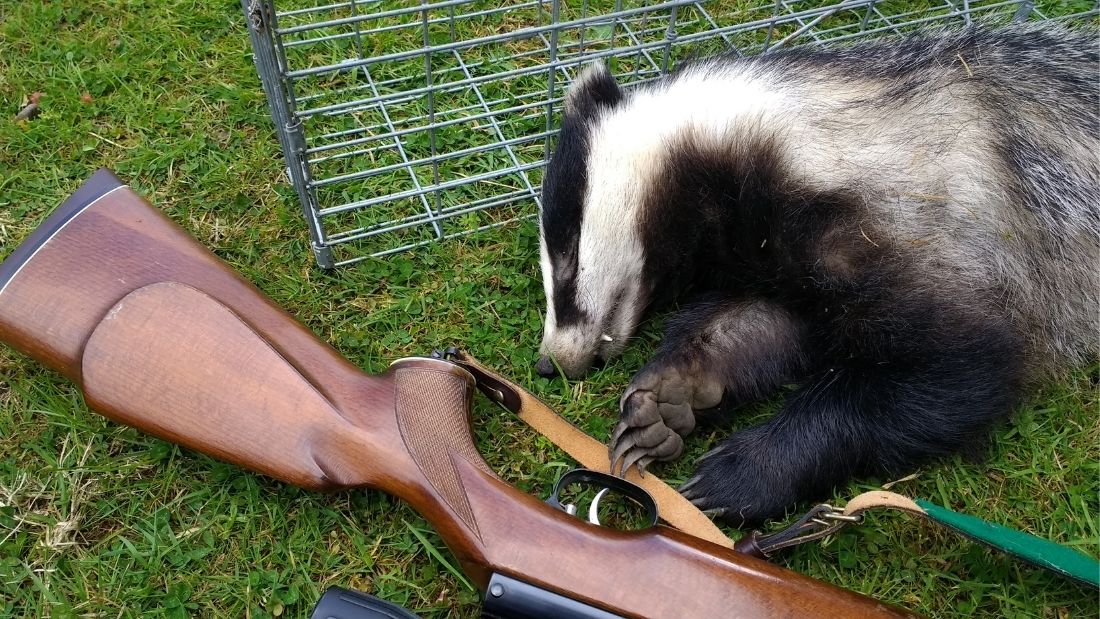
Photo credit: Tom Langton
Cattle are tested by having two types of tuberculin injected into the skin of the neck. This causes pain and can cause itchiness and redness. Three days later, the amount of swelling caused by the injections is used to decide whether the animal has bTB.1Department of Agriculture, Environment and Rural Affairs. ‘Bovine Tuberculosis (TB) testing.’ DAERA. Available at https://www.daera-ni.gov.uk/articles/bovine-tuberculosis-tb-testing [Accessed 14 April 2020].2Animal & Plant Health Agency. ‘OV Instructions.’ APHA. Available at http://apha.defra.gov.uk/External_OV_Instructions/TB_Instructions/Skin_Test/Skin_Test_Day_One.html [Accessed 14 April 2020]. If lumps form, known as reactors, it shows that the cow’s body recognises tuberculin from prior infection. But testing is far from accurate with from one in every five bTB-positive cattle not being identified, meaning the disease continues to spread even after herds have been tested and given the all clear3National Animal Disease Information Service. ‘Bovine TB.’ NADIS. Available at https://www.nadis.org.uk/disease-a-z/cattle/bovine-tb/ [Accessed 14 April 2020]..
If cattle are found to be bTB positive, they are killed and their bodies cannot be used for human consumption.
In March 2020, the government announced that it would phase out the cull of badgers over the next few years and instead vaccinate cattle and badgers to lower bovine TB in cattle.1Carrington, D., 2020. ‘“Seismic shift”: minsters signal end of badger cull.’ The Guardian. 5 March. Available at https://www.theguardian.com/environment/2020/mar/05/badger-cull-phased-out-replaced-vaccinations-bovine-tb-england [Accessed 20 July 2020]. An independent review in 2018 showed that the cull was simply not working, and that vaccinations would be far more effective and ethical.1Carrington, D., 2020. ‘“Seismic shift”: minsters signal end of badger cull.’ The Guardian. 5 March. Available at https://www.theguardian.com/environment/2020/mar/05/badger-cull-phased-out-replaced-vaccinations-bovine-tb-england [Accessed 20 July 2020].
But in May 2020, the government announced seven new badger culling sites in Gloucestershire, Herefordshire, Devon, Dorset and Cornwall, with badger culling allowed throughout the year. Tens of thousands of badgers will be shot, pushing the species to the verge of local extinction in areas which they have inhabited since the Ice Age. Writing in the journal National Geographic, veterinary surgeon Dr Iain McGill, who spearheaded the investigation into the BSE crisis in the 1990s, said: “This is more disgraceful governmental deception. They are hinting for the second year that they are phasing out culling… [but] the reality is that culling will expand massively in the next two years, as pro-cull landowners rush to apply for their licenses. They’ll be granted four-year licenses to cull, and can apply to cull for two more supplementary years after that. Thousands of badgers will continue to be targeted until at least 2028, and under ‘exceptional circumstances’ thereafter. Sadly, this is most definitely not the end” (Jarvis, 2021).
The Welsh Government has decided to end badger culling on the grounds that it does not work as an effective way of bringing down bovine TB cases. Mark Drakeford, the Welsh First Minister, noted that farmers buying in cattle and bringing them into Wales was the “single greatest reason why low-incidence areas have moved up a very sad hierarchy.” 2Case, P., 2021. ‘Welsh first minister says no to badger culling.’ Farmers Weekly. 21 June. Available at https://www.fwi.co.uk/livestock/health-welfare/livestock-diseases/bovine-tb/welsh-first-minister-says-no-to-badger-culling [Accessed 23 June 2020] Mr. Drakeford noted that vaccinating cattle is a “far better long-term solution”, correctly noting that bovine TB is predominately passed from cattle to cattle.
Taking several years to phase out culls, making U-turns on culling practice, and very slowly bringing in vaccinations is not the answer. Rather than delay this process any further, the UK Government should follow the Welsh example and bring an immediate halt to the badger cull during the Covid-19 pandemic and plan a rapid exit strategy from this cruel, costly and ineffective wildlife killing policy.
Opponents of the cull advocate the use of vaccinations, which avoids the inhumane slaughter of wildlife, minimises the risk of widespread infection across herds and lowers the incidence of bTB more effectively.1Zoological Society of London, 2018. ‘Eradicating TB from cattle and badgers – a review of evidence.’ ZSL. September. Available at https://www.zsl.org/sites/default/files/media/2018-09/ZSL_Eradicating_TB_Report_final_24Sep18.pdf [Accessed 9 April 2020].2Carrington, D., 2020. ‘“Seismic shift”: minsters signal end of badger cull.’ The Guardian. 5 March. Available at https://www.theguardian.com/environment/2020/mar/05/badger-cull-phased-out-replaced-vaccinations-bovine-tb-england [Accessed 20 July 2020]. After years of campaigning, in March 2020 the government announced that it would switch to using vaccinating both badgers and cattle after the cull was discredited following the death of 100,000 badgers with little reduction in bTB.
Of course, the most effective, kindest and cheapest way to eliminate the risk of bTB spreading to humans would be to end our exploitation and unnatural interaction with bovine animals, such as using cows for milk and beef. If we didn’t farm cattle, we wouldn’t have a bTB problem. There are now plenty of dairy and meat alternatives which play no part in the spread of disease, which require neither badgers or cows to be killed and don’t cost the taxpayer millions of pounds in pointless culls.

